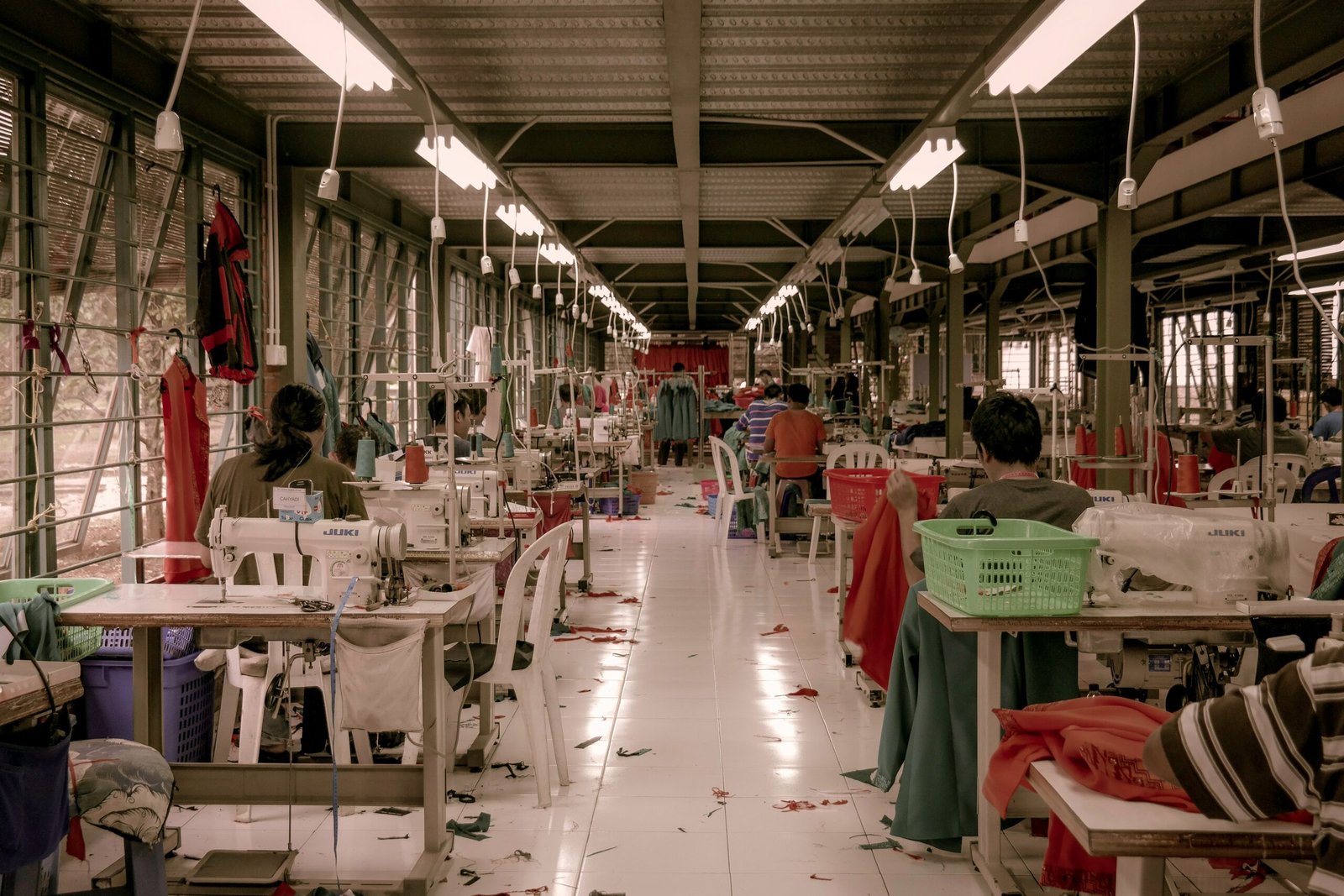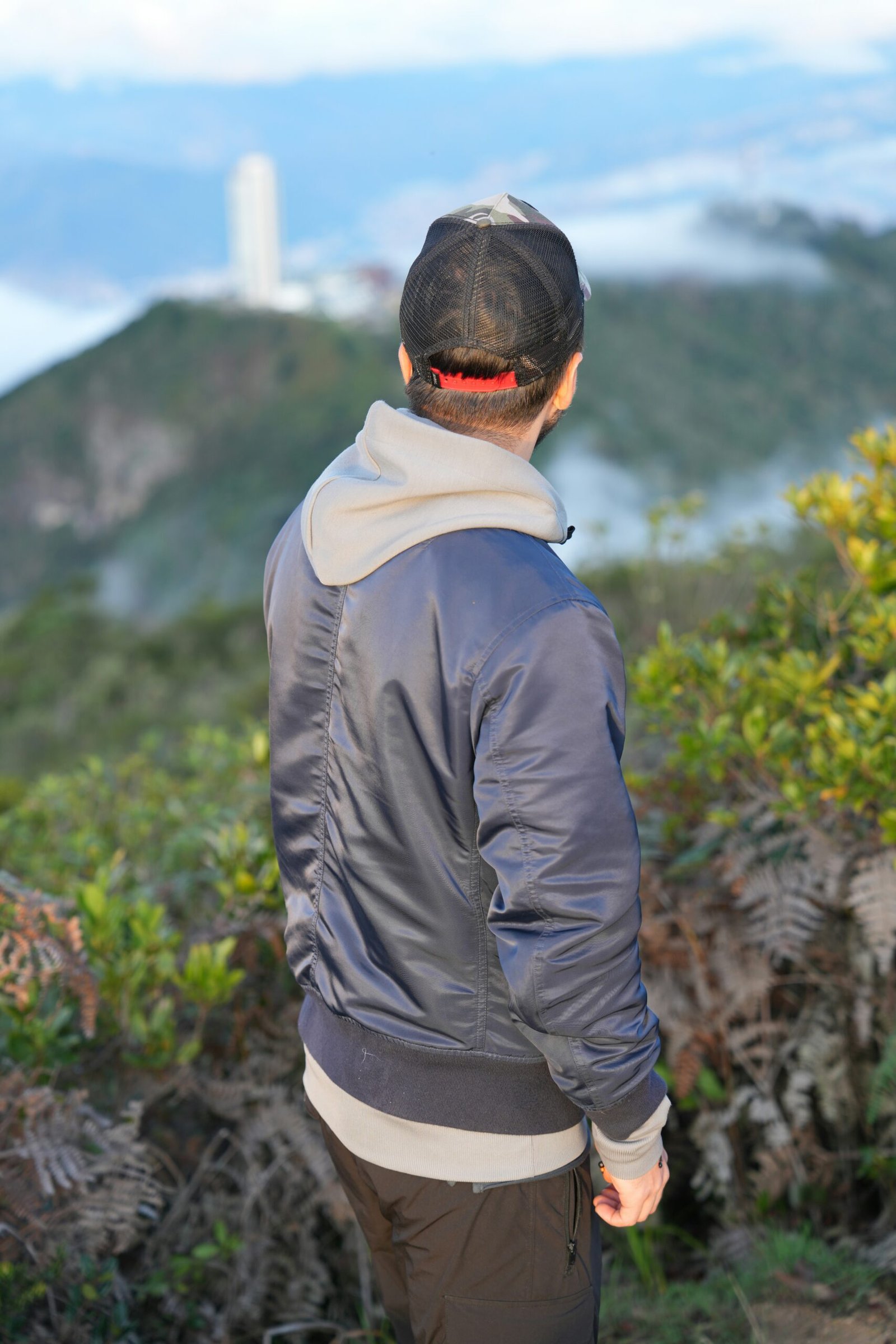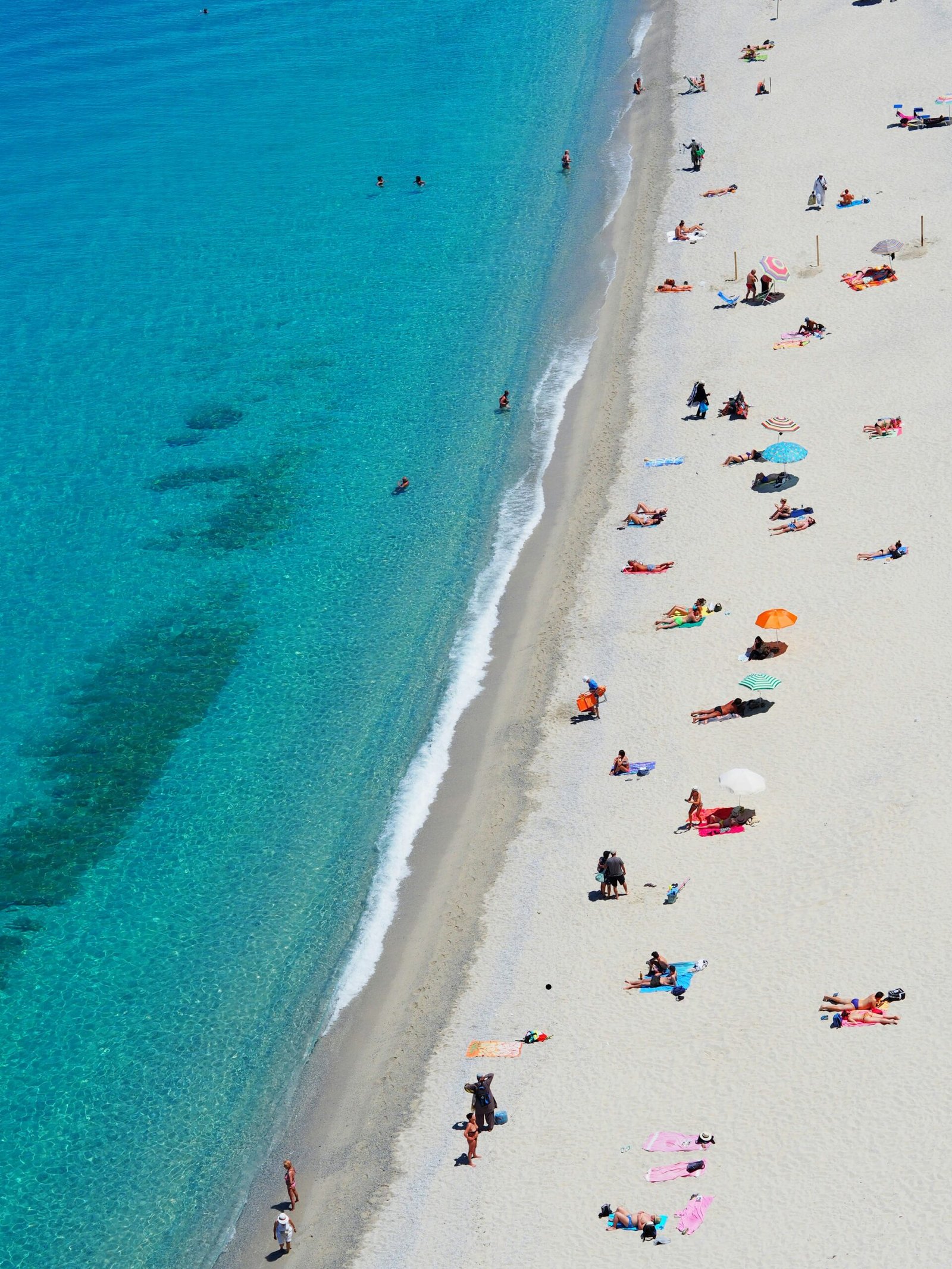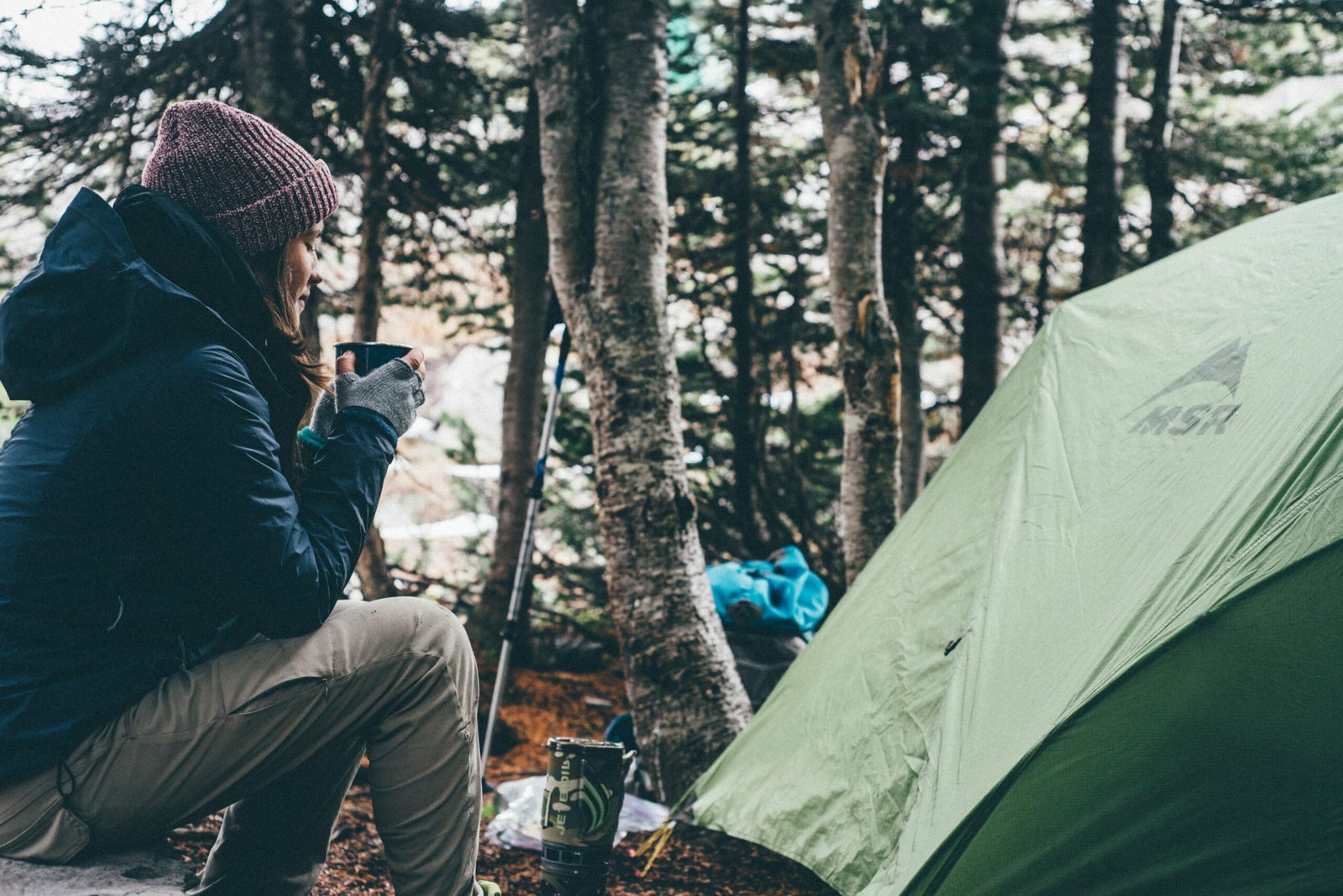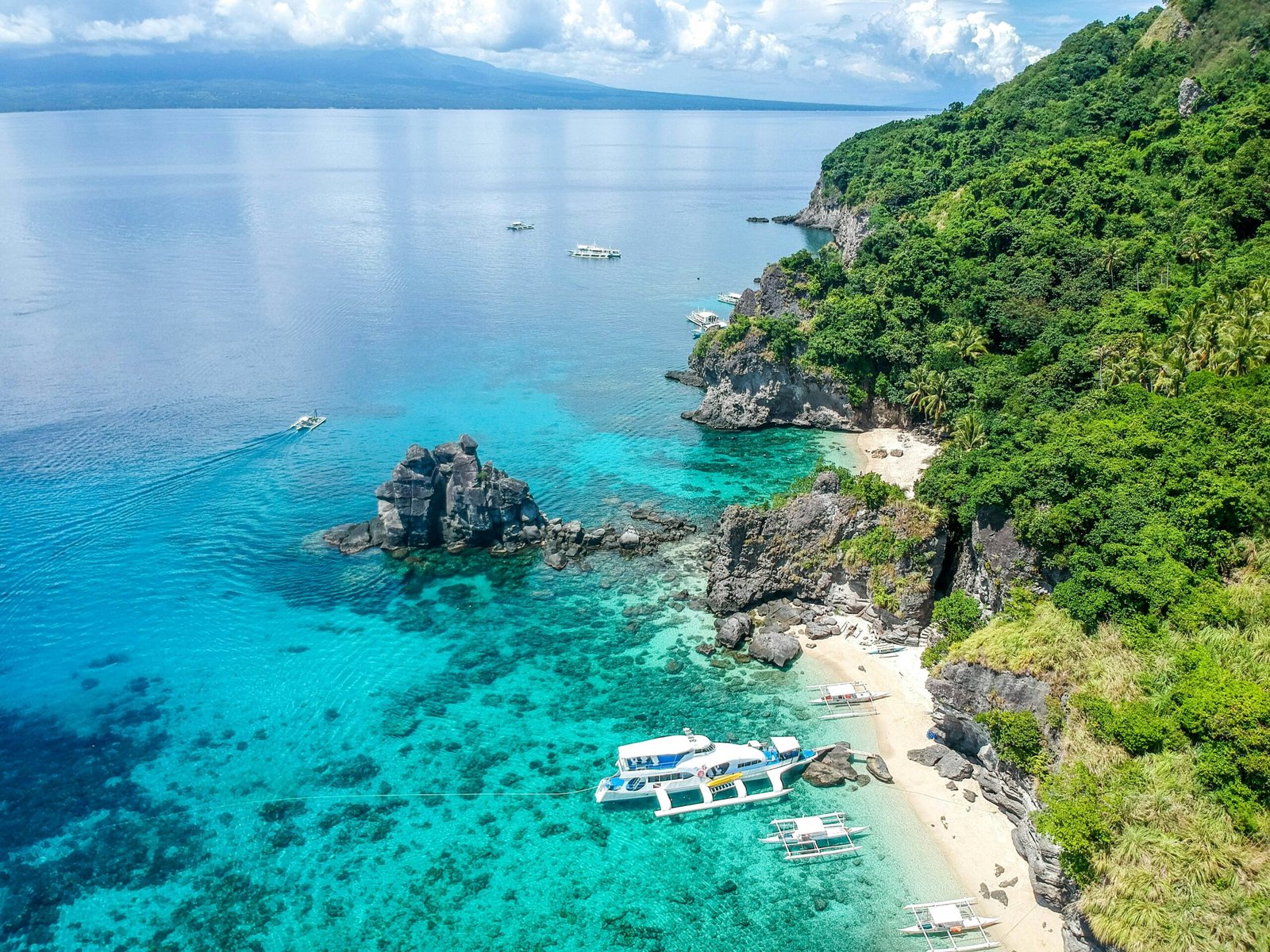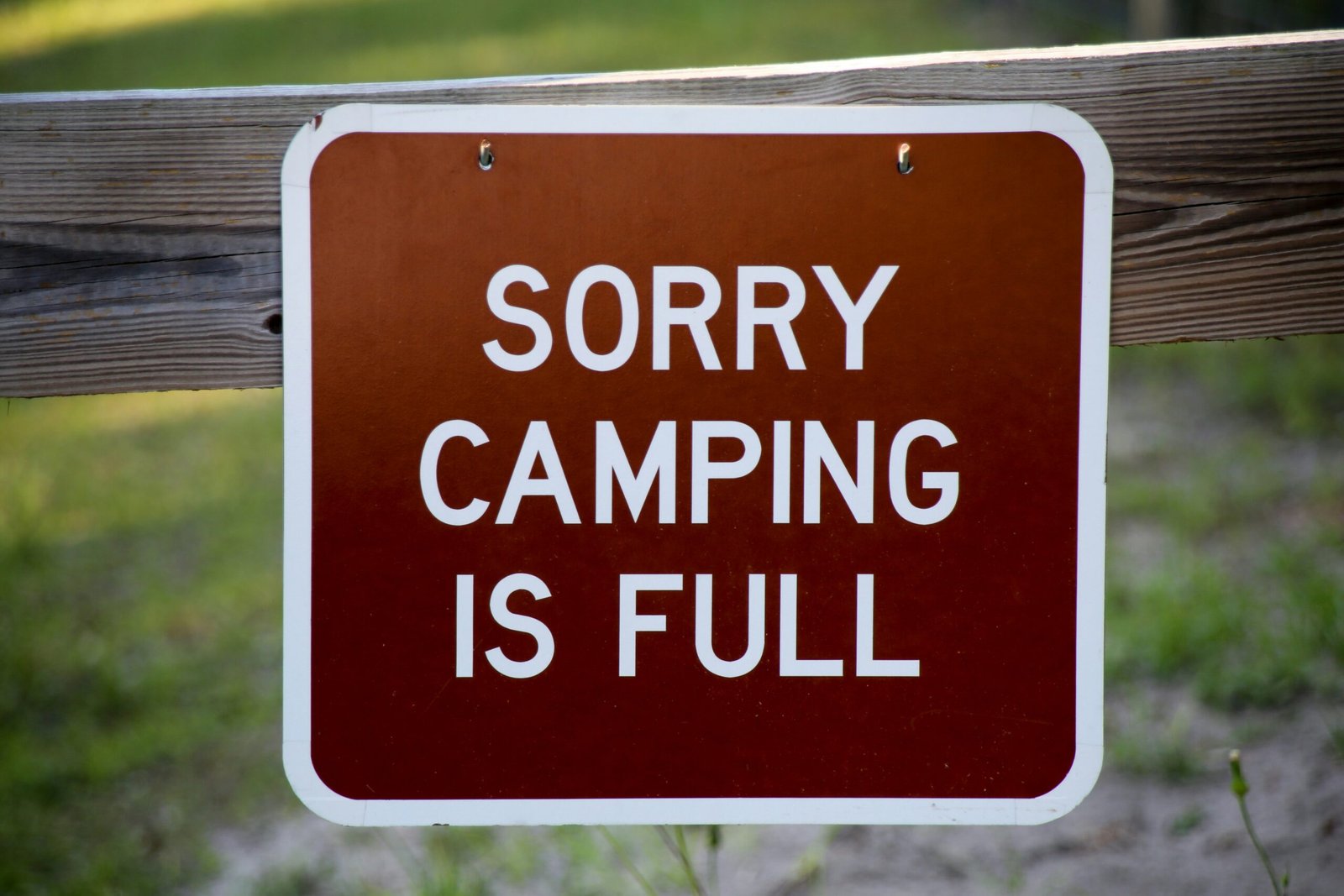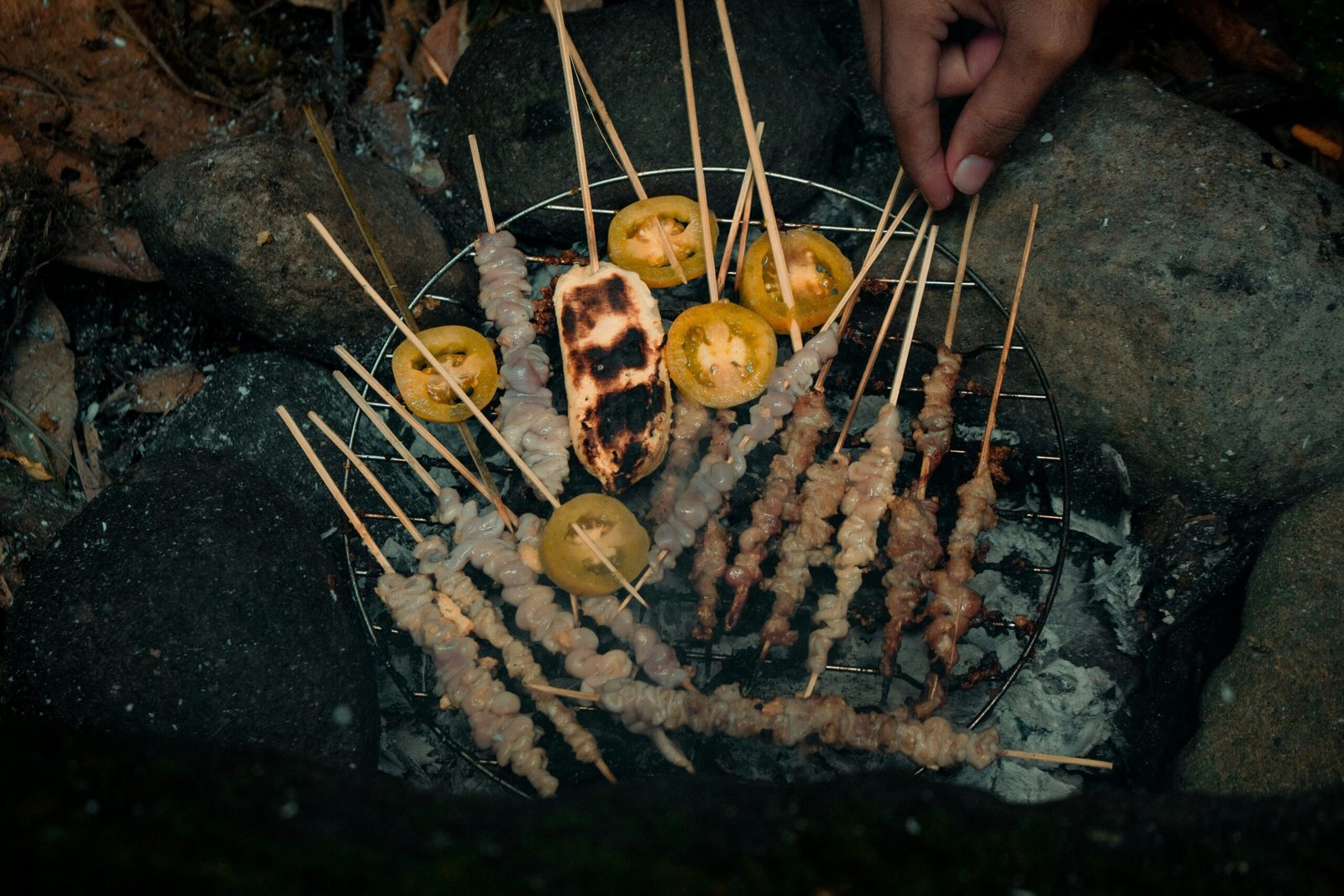Introduction to Fashionable Workwear
In today’s dynamic professional environment, the significance of fashionable workwear cannot be overstated. The way individuals present themselves in the workplace plays a crucial role in shaping perceptions, boosting confidence, and contributing to overall career success. Dressing well is not merely about adhering to the latest fashion trends; it is about embodying professionalism while expressing personal style in a manner that aligns with organizational culture.
Fashionable workwear serves as a powerful tool in making a positive impression on colleagues, superiors, and clients. It signals a keen attention to detail, respect for the professional setting, and a commitment to excellence. In many industries, the expectation of sartorial elegance is synonymous with competence and authority, making it imperative for professionals to carefully curate their office attire.
However, finding the balance between fashion and professionalism can be challenging. It is vital to strike a harmony where one’s clothing choices reflect both current trends and workplace decorum. This balance ensures that while individuals showcase their unique style, they remain within the boundaries of what is considered appropriate for their specific professional environment.
As we delve deeper into the nuances of fashionable workwear, this blog post will provide practical tips and guidelines to help professionals navigate their wardrobe choices effectively. From essential wardrobe staples to styling tips for different office settings, the subsequent sections aim to equip readers with the knowledge and confidence to dress for success. Understanding the impact of well-chosen attire can empower individuals to make informed decisions that enhance their professional image and contribute to their overall career trajectory.
Understanding Office Dress Codes
In the modern workplace, understanding and adhering to office dress codes is essential for creating a professional atmosphere and for personal success. Office dress codes can vary widely, but they generally fall into three main categories: business formal, business casual, and smart casual. Each dress code has its own set of expectations and appropriate attire, which we’ll explore in detail.
Business Formal
Business formal is the most traditional and conservative dress code, typically required in industries such as finance, law, and corporate management. For men, this usually means a dark-colored suit, a dress shirt, a tie, and polished dress shoes. Women are expected to wear tailored suits or professional dresses, paired with closed-toe heels or flats. Accessories should be minimal and understated, and colors are generally kept to neutral tones to maintain a polished appearance.
Business Casual
Business casual is a more relaxed dress code that still maintains a professional appearance. This dress code is common in many modern office environments. For men, business casual includes dress slacks or chinos paired with a button-down shirt or a polo shirt. Jackets and ties are optional but can add a touch of formality if needed. Women can choose from a variety of options, including blouses, skirts, dress pants, and tailored dresses. Footwear can be more comfortable, such as loafers or dressy flats, but should still be professional.
Smart Casual
Smart casual is the most relaxed of the three dress codes, allowing for more personal expression while still maintaining a professional look. This dress code is often seen in creative industries or workplaces with a more modern culture. Men can wear well-fitted jeans or chinos with a casual blazer, knitwear, or a neat shirt. Women have the flexibility to mix and match items such as tailored jeans, skirts, blouses, and casual dresses. Footwear can include stylish sneakers, loafers, or ankle boots, provided they are clean and in good condition.
By understanding the nuances of business formal, business casual, and smart casual dress codes, employees can make informed decisions about their workplace attire, ensuring they present themselves appropriately and confidently in any professional setting.
Essential Wardrobe Staples for Men
Crafting a professional and stylish office wardrobe begins with acquiring essential pieces that exude quality and versatility. For men, a well-rounded collection of workwear staples is crucial in presenting a polished and confident image in any professional environment. The foundation of this wardrobe starts with tailored suits. Investing in a few high-quality suits in classic colors such as navy, charcoal, or black can provide the flexibility to mix and match with other items. The fit of the suit is paramount; it should be tailored to your body to ensure a sharp and sophisticated appearance.
Complementing the suit, dress shirts are another critical component. Opt for shirts in neutral colors like white, light blue, and grey, which can be effortlessly paired with various suits and ties. The material and cut of the shirt should be considered to ensure comfort and durability throughout the workday. A well-fitted shirt can significantly elevate the overall look, providing a clean and professional aesthetic.
No professional wardrobe is complete without a selection of ties. Ties serve as a focal point and can add a touch of personality to your outfit. Choose ties in classic patterns and colors that can be easily coordinated with your suits and shirts. Silk ties are often preferred for their luxurious feel and appearance.
Dress shoes are equally important in achieving a polished look. Invest in a few pairs of high-quality leather shoes in classic styles such as oxfords or brogues. Black and brown are versatile choices that can complement most suits. Proper care and maintenance of your shoes will ensure they remain in pristine condition, adding to the overall professionalism of your attire.
Lastly, don’t overlook accessories, which can subtly enhance your overall appearance. A quality leather belt, a classic watch, and understated cufflinks can add the finishing touches to your ensemble. These accessories should be chosen with care to ensure they complement your attire without overpowering it.
By focusing on these essential wardrobe staples, men can create a versatile and stylish work wardrobe that allows them to dress for success in any professional setting.
Essential Wardrobe Staples for Women
Creating a versatile and professional work wardrobe is crucial for women aiming to dress for success in the office. Key pieces to consider include blazers, blouses, skirts, dress pants, and professional dresses. Each of these items plays a pivotal role in ensuring you look polished and confident in any professional setting.
A well-fitted blazer is a cornerstone of any professional wardrobe. Opt for neutral colors like black, navy, or gray, which can be easily paired with various outfits. The importance of fit cannot be overstated; a blazer that fits perfectly at the shoulders and cinches slightly at the waist will enhance your silhouette and provide a sharp, tailored look.
Blouses are another essential component. Choose high-quality fabrics such as silk, cotton, or chiffon, which offer both comfort and a refined appearance. Patterns and colors can add personality to your outfit, but ensure they remain appropriate for the workplace. Classic cuts with subtle detailing often work best, as they can be paired effortlessly with other wardrobe staples.
When it comes to skirts, pencil skirts are a timeless option that exudes professionalism. Ensure the skirt falls at or just below the knee for a look that is both elegant and office-appropriate. Fabrics with a bit of stretch can provide added comfort without sacrificing style. Pairing a pencil skirt with a tucked-in blouse or a fitted blazer can create a sophisticated ensemble suitable for various business settings.
Dress pants are indispensable for a woman’s work wardrobe. Choose styles that offer a flattering fit and are made from durable, breathable fabrics like wool-blends or high-quality polyester. Straight-leg or slightly tapered cuts are versatile and can be dressed up or down depending on the occasion. Neutral colors such as black, navy, and gray are ideal for mixing and matching with other wardrobe pieces.
Lastly, professional dresses are a must-have. Opt for classic silhouettes like sheath or A-line dresses that provide a professional yet feminine touch. Solid colors or subtle patterns work best, allowing for easy accessorizing and layering with blazers or cardigans. The right dress can transition seamlessly from day to evening, ensuring you are prepared for any work-related event.
Investing in these essential pieces not only simplifies your daily dressing routine but also ensures you have a cohesive and polished work wardrobe. The ability to mix and match these staples allows for the creation of multiple outfits, maximizing both your style and budget.
Incorporating Trends into Your Workwear
Integrating current fashion trends into your workwear can both elevate your professional image and reflect your personal style. The key to achieving this balance lies in subtlety and appropriateness, ensuring that your trendy choices do not overshadow the professional environment.
Firstly, consider incorporating trendy colors into your wardrobe. While vibrant hues like electric blue or fiery red may be in vogue, it’s essential to temper their intensity for an office setting. Opt for muted versions of these colors, such as navy blue or burgundy, which can add a pop of modernity without appearing too bold. Pairing a muted trendy color with classic neutrals like black, grey, or beige can create a balanced and sophisticated look.
Patterns can also be a great way to introduce trends into your workwear. Subtle patterns, such as pinstripes or small polka dots, can offer a modern twist when integrated into classic pieces like blouses, skirts, or blazers. For example, a pinstriped blazer over a simple blouse can add a touch of contemporary style while maintaining a professional appearance. Avoid overly loud or large patterns that could be distracting in a professional setting.
Accessories are another effective way to incorporate trends into your office attire. Statement jewelry, such as a bold necklace or a pair of elegant earrings, can enhance your outfit without being overpowering. Similarly, trendy handbags or belts can serve as stylish accents. However, it’s crucial to maintain a sense of balance; if you choose a statement piece, ensure the rest of your outfit remains understated to avoid looking overly flashy.
Footwear should also be considered when integrating trends into your workwear. While some trendy shoes might be perfect for social outings, they may not be suitable for the office. Instead, opt for shoes that combine style and comfort, such as block heels or loafers in trendy colors or materials. These choices can keep you on-trend while ensuring you remain comfortable and professional throughout the day.
By thoughtfully integrating trends into your workwear, you can stay stylish and modern while adhering to workplace norms. The goal is to subtly enhance your professional attire with contemporary elements, creating a polished and fashionable look suitable for the office.
Dressing for Different Seasons
Adapting your workwear for different seasons is essential to maintaining both comfort and professionalism throughout the year. The key lies in selecting suitable fabrics, mastering layering techniques, and incorporating seasonal accessories that enhance your overall attire.
During the warmer months, lightweight and breathable fabrics such as cotton, linen, and chambray should be your go-to choices. These materials allow for better air circulation, helping you stay cool in the heat. Opt for light-colored clothing to reflect sunlight and reduce heat absorption. A well-fitted, short-sleeve button-down shirt or a sleeveless blouse paired with tailored trousers or a skirt can create a polished summer look. Additionally, consider accessorizing with sunglasses, a wide-brimmed hat, or a lightweight scarf to add a touch of style while providing practical protection from the sun.
As temperatures drop, transitioning to fall and winter workwear requires a focus on warmth and layering. Fabrics like wool, cashmere, and flannel offer excellent insulation while maintaining a sophisticated appearance. Start with a base layer, such as a thermal top or a thin turtleneck, and build up with a blazer or a cardigan. For extra warmth, a tailored coat or trench coat is indispensable. Darker colors and richer tones, such as burgundy, navy, and forest green, are often more suitable for colder seasons. Accessories like scarves, gloves, and hats not only provide additional warmth but also add a fashionable touch to your ensemble.
Spring and fall, with their fluctuating temperatures, necessitate versatile layering techniques. Lightweight jackets, such as trench coats or blazers, can be easily added or removed as needed. A combination of mid-weight fabrics, like cotton-blend knits, and transitional pieces, such as ankle boots or loafers, ensures that you remain stylish and comfortable regardless of sudden weather changes.
By selecting appropriate fabrics, mastering layering, and incorporating seasonal accessories, you can effortlessly adapt your workwear to any season. This approach not only ensures comfort and practicality but also helps you maintain a professional and fashionable appearance year-round.
Grooming and Personal Hygiene
Fashionable workwear extends beyond the realm of clothing, encompassing grooming and personal hygiene as fundamental components of a professional appearance. A well-groomed individual conveys a sense of discipline, attention to detail, and respect for the workplace. This comprehensive approach to grooming includes the meticulous care of hair, nails, and skin, which collectively contribute to a polished and professional look.
For both men and women, hair plays a pivotal role in personal grooming. Regular haircuts and trims are essential to maintain a neat and tidy appearance. Men should consider styles that are appropriate for their professional environment, such as clean cuts or neatly styled hair. Women, on the other hand, might opt for styles that are easy to maintain yet stylish, taking care to avoid overly elaborate hairstyles that may be impractical for the office setting.
Nail care is equally important in presenting a professional image. For men, keeping nails trimmed and clean is a basic yet vital aspect of grooming. Women may choose to keep their nails at a moderate length, ensuring they are well-shaped and devoid of chipped polish. Neutral or subtle nail colors are often preferred in professional settings, as they exude sophistication and attention to detail.
Skincare is another critical element of personal hygiene. A consistent skincare routine helps maintain a healthy complexion, which is integral to a professional appearance. Both men and women should cleanse their faces daily, followed by moisturizing to keep skin hydrated and supple. Additionally, the use of sunscreen is recommended to protect against UV damage, which can prematurely age the skin.
Lastly, personal hygiene cannot be overlooked. Regular showers, the use of deodorant, and maintaining oral hygiene are fundamental practices that ensure a fresh and pleasant presence in the workplace. Fragrance should be used sparingly, opting for subtle scents that do not overpower the environment.
By paying attention to these grooming and personal hygiene practices, individuals can enhance their overall professional image, complementing their fashionable workwear and contributing to their success in the office.
Building Confidence Through Your Wardrobe
A well-curated wardrobe does more than just enhance your appearance; it plays a pivotal role in boosting confidence and performance in the workplace. The psychological impact of clothing on self-esteem is well-documented, showing that what we wear can significantly influence our mood, behavior, and how we are perceived by others. When we dress in a manner that aligns with our professional aspirations and personal style, we project an image of competence and self-assurance.
Studies in the field of psychology suggest that attire can affect our cognitive processes, a phenomenon known as “enclothed cognition.” This theory posits that wearing certain clothes can trigger mental states that are congruent with the symbolic meaning of those clothes. For instance, donning a well-fitted blazer or an elegant dress can evoke feelings of authority and capability, thereby enhancing performance in professional settings.
To harness the power of your wardrobe effectively, consider curating a selection of workwear that not only meets the dress code but also resonates with your personal style. Investing in high-quality, versatile pieces can provide a solid foundation for your professional attire. Classic items such as tailored suits, crisp shirts, and sophisticated accessories can be mixed and matched to create numerous outfits that exude confidence and sophistication.
Incorporate colors that complement your skin tone and reflect your personality. While neutral tones like black, navy, and gray are timeless and professional, don’t shy away from incorporating subtle pops of color that can uplift your mood and make a statement. Additionally, ensuring that your clothes fit well and are comfortable is crucial. Ill-fitting or uncomfortable clothing can be distracting and detract from your confidence.
Ultimately, fashion should be viewed as a tool for personal and professional empowerment. By thoughtfully selecting and wearing clothes that make you feel powerful and poised, you can positively influence your self-esteem and project an image of success. Remember, dressing for success is not just about meeting external expectations, but also about feeling your best and performing at your highest potential.


